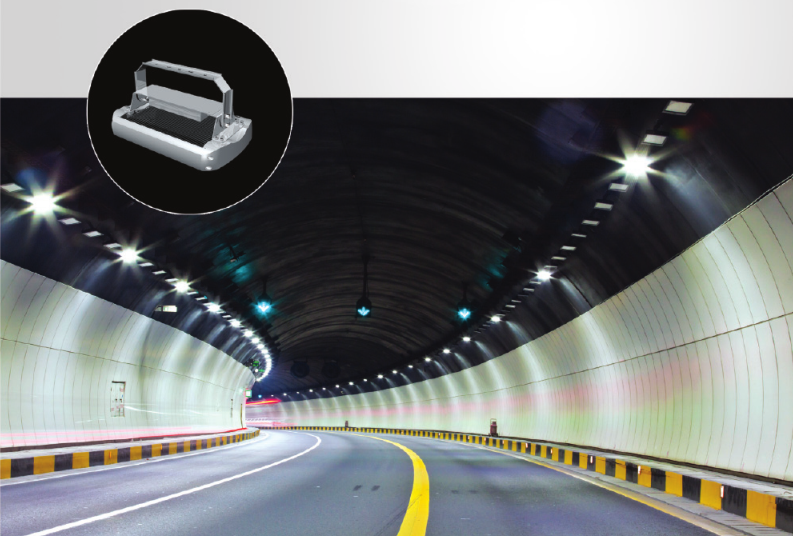Not to mention who has more development prospects, or to look at the small differences between the two from the deeper experience. Smart home is a scenario in which a home is used as a platform to realize systematic interconnection of all things; but it can only be worn as a new way of interaction between people and technology equipment. It binds with the human body and realizes the networking of people and equipment, providing exclusive for everyone. Personalized service. From this point of view, it seems that smart homes are more platform-based and extensive than smart wearers. But think about it carefully, smart wear can also realize the interactive control of the connection between people and smart home, and some smart homes also need to wear a device to realize the identification of the user identity. From the point of view of the most beneficial to intelligence, the mutual promotion of the two is more competitive, rather than opposing and competing.
The most common and common implementation of the current "smart" implementation of smart hardware is to be an app that connects the device to a mobile phone, and to check the status of the device or control the device through the app on the mobile phone. With the development and innovation of mobile smart devices, the home has more than one mobile phone screen, but multi-screen interaction. The mobile phone may not be able to fully carry all the smart home operating experience, or the mobile phone may not bring the most intelligence to some smart homes. The best user experience. Furthermore, using mobile phones to control the movement of home products is a basic intelligence. Advanced intelligence should rely on sensors to work. For example, the curtain can adjust the time of self-switching by sensing the luminosity of the environment. The light bulb can self-control the light switch time by learning the user's living habits. If I use a mobile phone to open the app and control the turn-on and turn-off lights through a corridor, I may have already walked through this corridor. This kind of intelligence will not be significant.
Another example is the smart door lock. If we go to a supermarket and fill it with both hands, there will be a pool of water on the ground after it rains. If the car's trunk has a smart lock, The warmth of the device is automatically turned on after the proximity device is worn to let you put things. At home, it is the best user experience that automatically senses and opens the door through the identification of smart wearable devices. Let's say smart wear interaction. After binding with the human body, identify the owner's heart rate and blood pressure through the veins and transmit the signal to the medicine chest. After the medicine box analysis, what medicine to eat and when to take the medicine will be fed back. On the wearable device, people then grasp their own information through perception. At present, if you rely on smart home alone or smart wear alone, you cannot achieve such an intelligent experience.
Now many manufacturers have determined that the mobile phone is the control center of the smart home, but the mobile phone also has the weight that it can not afford, the best result is the decentralization of the smart home, you can access to another from a device in the smart home The device can access the smart home device through the smart wearable device as the identity credential. The smart home's perfect "smart" also needs the personal wearable device to provide convenience. The smart wearer can play a greater role by interacting with other smart home devices. Really achieve the interconnection of all things, and people are the ultimate beneficiaries of this network.
At present, the development of smart homes is relatively mature and complete, and smart wearables are just starting up. The technology and market are still immature, and the real interactive experience does not meet the expectations of users. However, judging from the trend of interconnection of all things, I do not think that the two are separate, but that they can achieve the best intelligent experience through mutual integration and mutual promotion.
LED Tunnel Lamp is an attractive, functional and weather-resistant feature.Tunnel lamps and lanterns;Die casting aluminum process and aluminum alloy forming process;Strong structure and strong impact resistance;The heat dissipation performance can guarantee the permanent work of lamps in the harsh working environment of the tunnel.Efficient and reliable constant current.Power supply can make lamps work stable and live longer;This lamp also can serve as gas station illume, charge.Station lighting and other ceiling working environment.

Led Tunnel Lamp,Rapidcure Led Tunnel Lamp,Smart Tunnel Led Lamp,Led Lamp
Jiangsu chengxu Electric Group Co., Ltd , https://www.chengxulighting.com